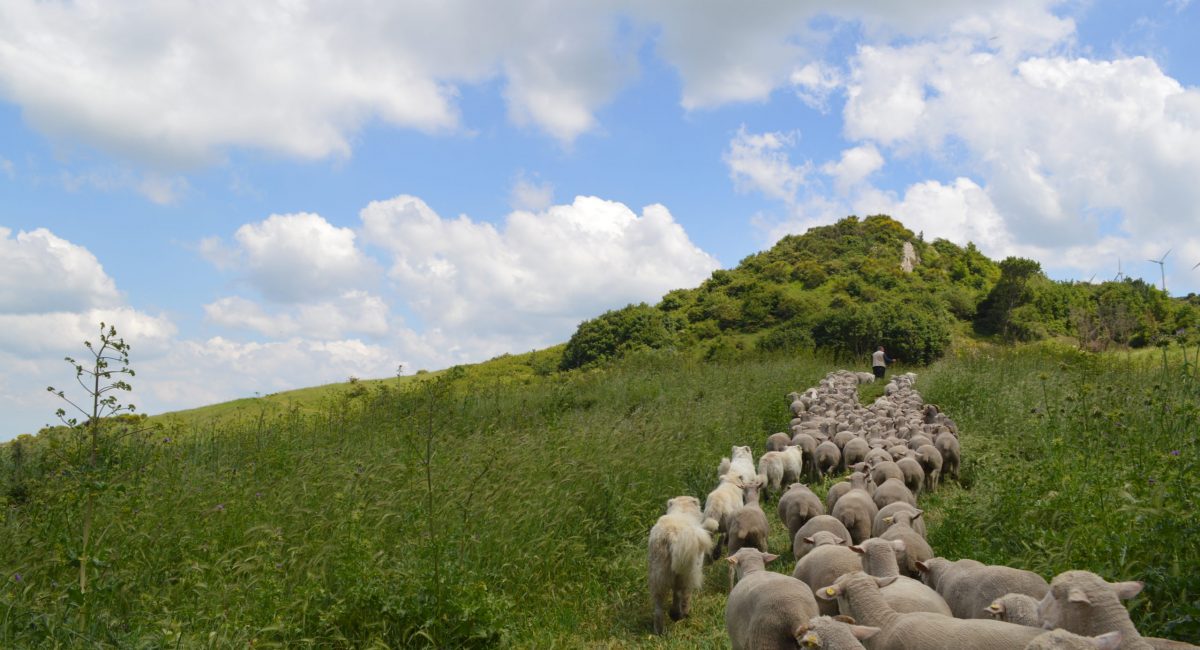Transhumance is a type of pastoralism entailing a seasonal movement of livestock between summer and winter pastures along designated trails.
Historically, given their economic importance, the presence of these routes used to have major effects on the uses of land, including crop cultivation practices, urban settings, and infrastructure development.
In southern Italy only, the transhumance network included about 3,000 km of drover roads, whose main branches measured 111 metres in width. Most of them have disappeared, caused by the social and economic transformations after World War II, but many are still clearly visible in mountain and rural landscapes and are often subject to regional landscape protection measures. Further traces can be found in place and family names, cultural practices, architectural elements, archaeological findings, and the memories of the elderly.


Transhumance was practiced also in Spain, France, Greece, the Balkans, the Middle East, and even in northern countries such as Iceland. It has shaped European cultures, societies and landscapes since prehistory. Such heritage needs to be preserved, not only as a cultural tangible and intangible asset, but also as a resource for rural and mountain economies often suffering from depopulation, which in turn generates landslide risks and ecological disruptions.
The analysis, understanding and conservation of this heritage is the target of disciplines as diverse as spatial planning, history, conservation, archaeology, anthropology, and ecology. Making the most of such heritage should be the focus of responsible policy-making, programming and planning. Given the cross-cutting nature of transhumance, a transdisciplinary approach must be applied for ensuring the best effects on landscape, economy, society, reduction of natural risks, and conservation of cultural assets.

